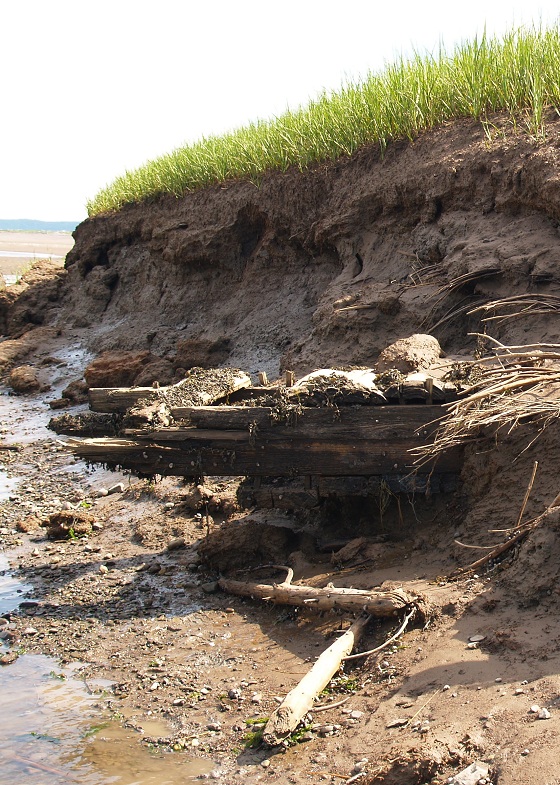|
| |
Dykes and aboiteaus “ have almost never been regarded as monuments worthy of study and preservation,
despite their once-crucial function and defining nature in terms of landscape-change; very few are to be found in
sites and monuments records (SMRs), and very few still have been surveyed, excavated, and protected. Their treatment
has generally been cavalier.”
Allen, J. R. L. "The Geoarchaeology of Land-Claim in Coastal Wetlands: A Sketch from Britain and the North-West European
Atlantic-North Sea Coasts." Archaeological Journal 154 (1997), p. 6
“ I have attended the making of Dikes and Aboiteaus ( A term used by the original French settlers, for a great Dam, in Dyking) since the year 1764. I was present
when the first Aboiteau of any consequence was made here, by the English – which was superintended by two Frenchmen, and observed their proceedings. I was appointed
a Commissioner of Sewers in the year 1777, and having continued that office ever since [1777 – 1819 – 42 years] it has given me an opportunity of improving a little
and I have been so fortunate as not to lose but very little of my labours. [Crane died in 1820.] “
This statement was written by Jonathan Crane in the 27 February 1819 issue of the Acadian Recorder provides a strong indication that the Minas Basis
Townships Planters adopted the Acadian dyking methods.
|
 |
|

